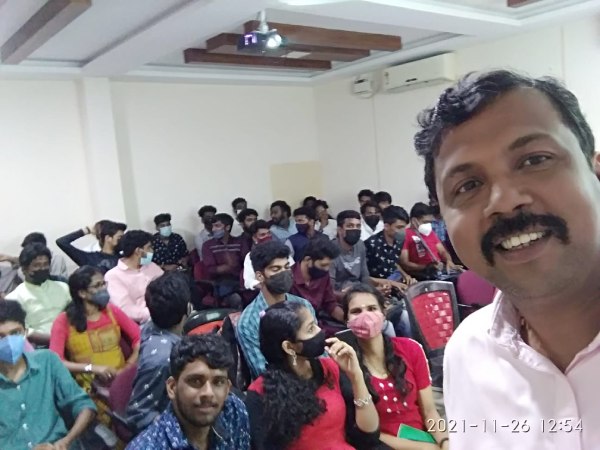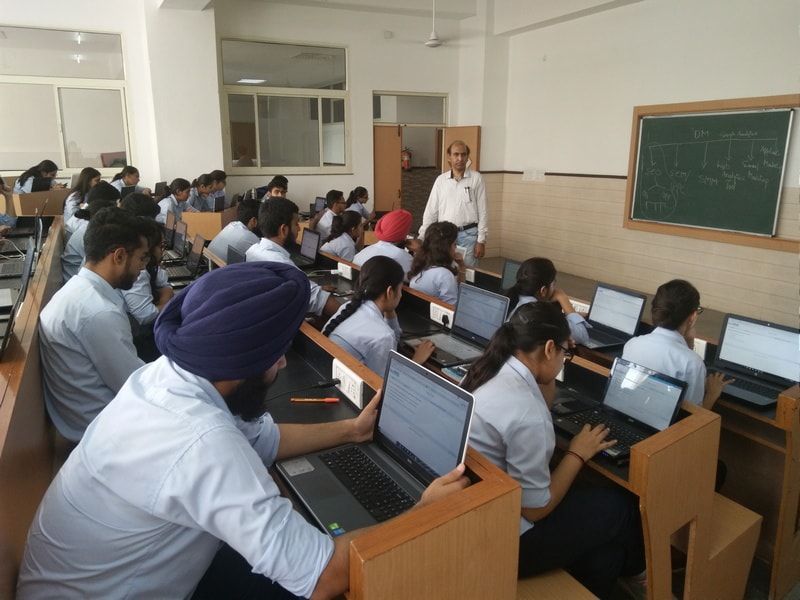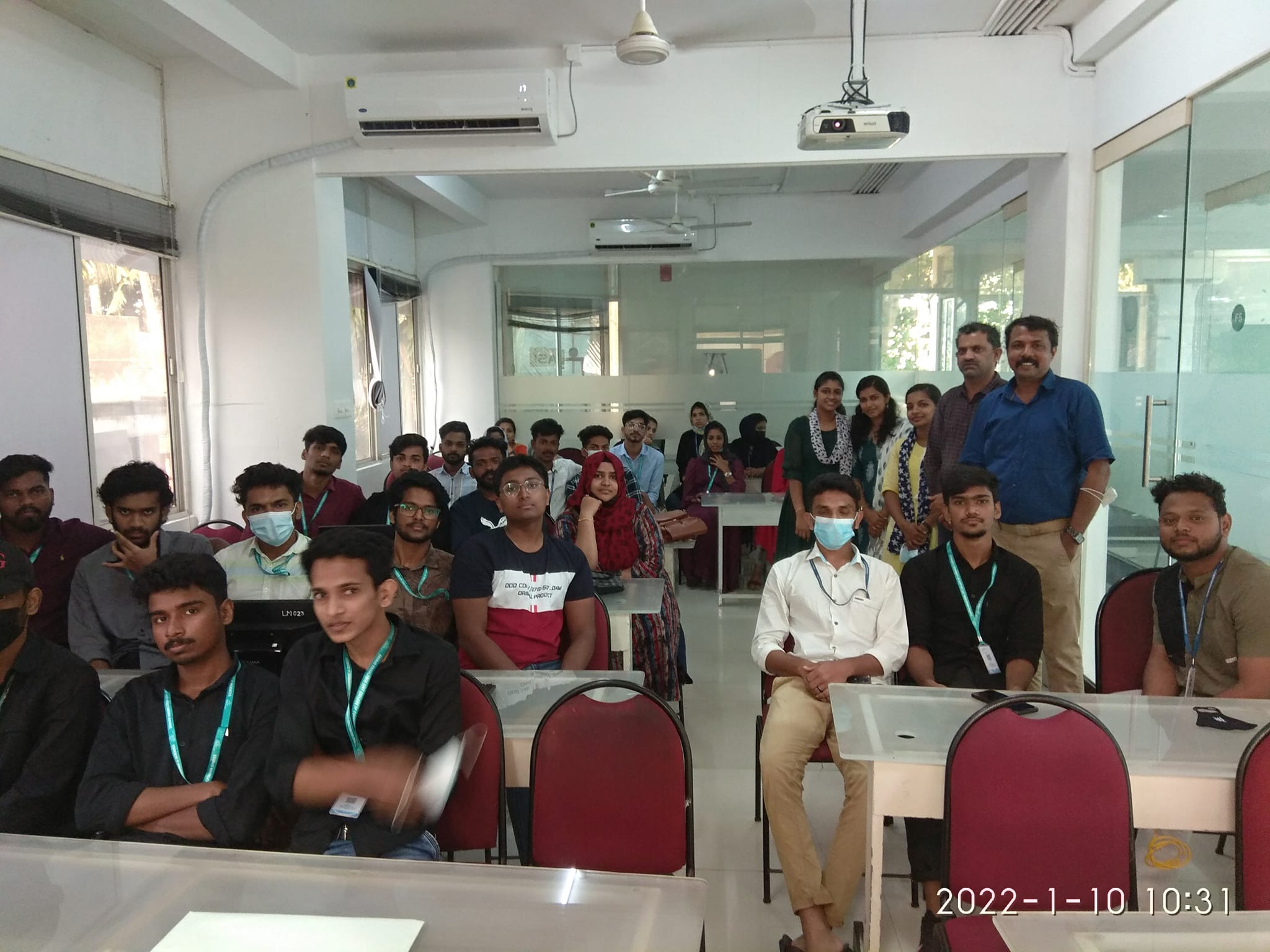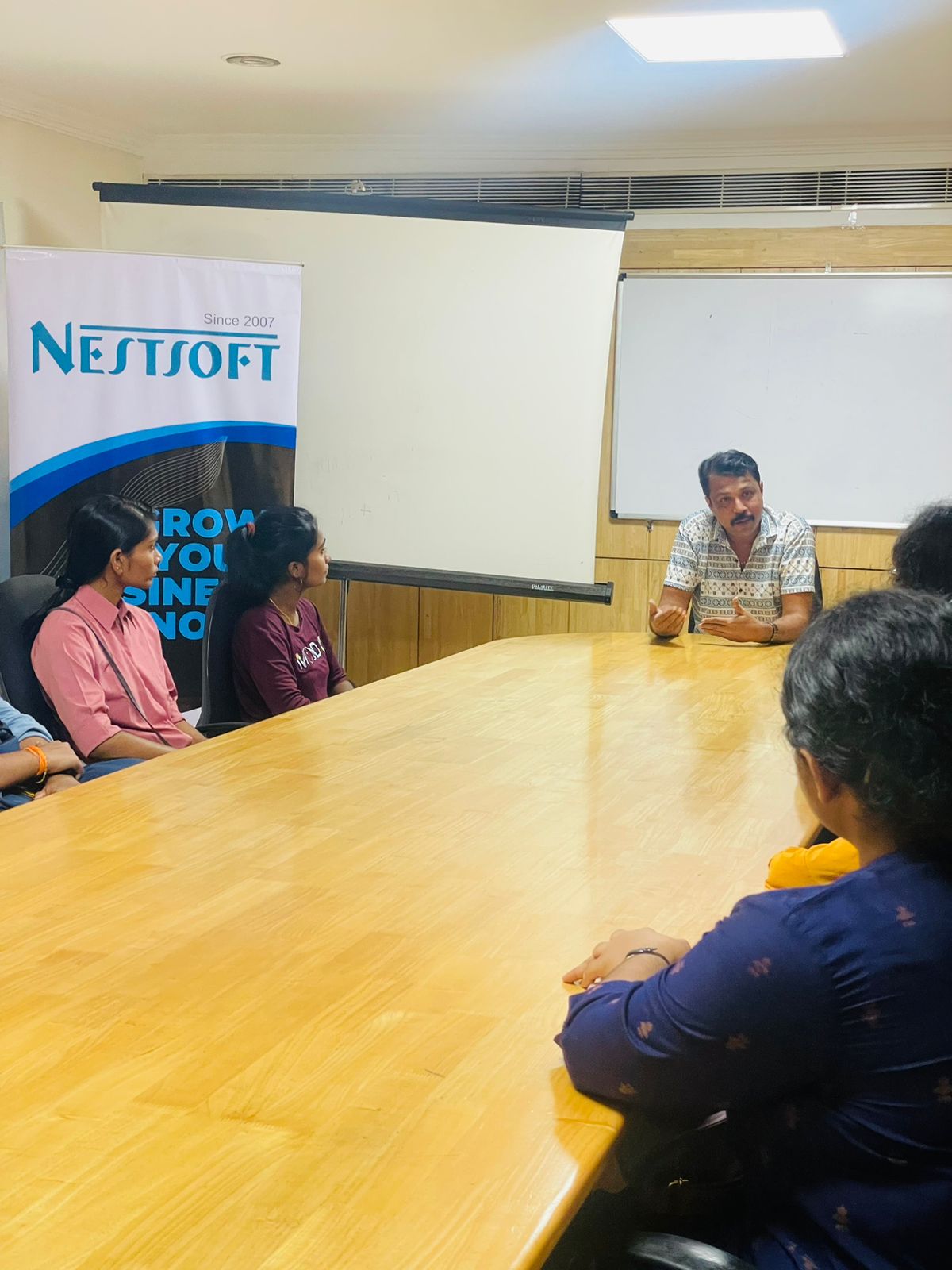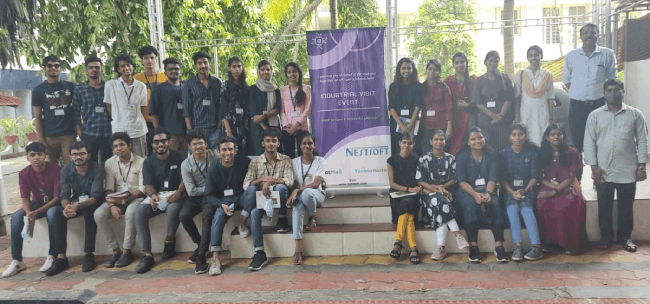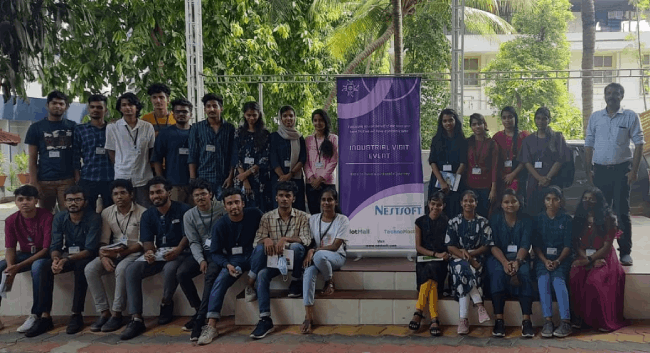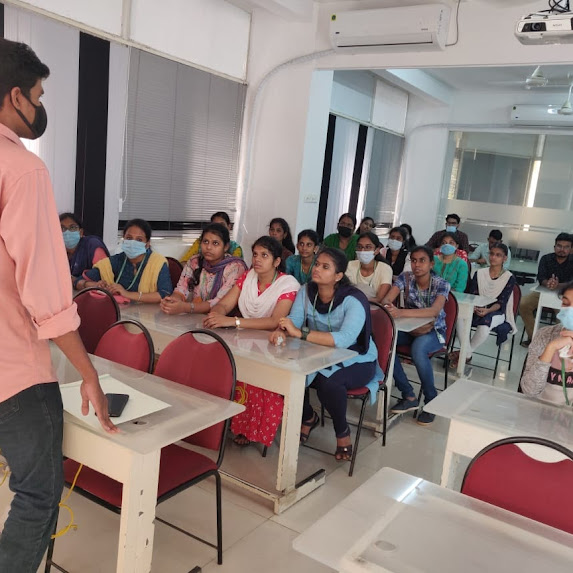MCSE Training by Experts
Our Training Process

MCSE - Syllabus, Fees & Duration
MODULE 1
- Windows Server 2012 Overview
- Overview of Windows Server 2012 Management
- Installing Windows Server 2012
- Post-Installation Configuration of Windows Server 2012
- Introduction to Windows PowerShell
MODULE 2
- Introduction to Active Directory Domain Services
- Overview of AD DS
- Overview of Domain Controllers
- Installing a Domain Controller
MODULE 3
- Managing Active Directory Domain Services Objects
- Managing User Accounts
- Managing Group Accounts
- Managing Computer Accounts
- Delegating Administration
MODULE 4
- Automating Active Directory Domain Services Administration
- Using Command-line Tools for Administration
- Using Windows PowerShell for Administration
- Performing Bulk Operations with Windows PowerShell
MODULE 5
- Implementing IPv4
- Overview of TCP/IP
- Understanding IPv4 Addressing
- Subnetting and Supernetting
- Configuring and Troubleshooting IPv4
MODULE 6
- Implementing DHCP
- Installing a DHCP Server Role
- Configuring DHCP Scopes
- Managing a DHCP Database
- Securing and Monitoring DHCP
MODULE 7
- Implementing DNS
- Name Resolution for Windows Client and Servers
- Installing and Managing a DNS Server
- Managing DNS Zones
MODULE 8
- Implementing IPv6
- Overview of IPv6
- IPv6 Addressing
- Coexistence with IPv6
- IPv6 Transition Technologies
MODULE 9
- Implementing Local Storage
- Overview of Storage
- Managing Disks and Volumes
- Implementing Storage Spaces
MODULE 10
- Implementing File and Print Services
- Securing Files and Folders
- Protecting Shared Files and Folders Using Shadow Copies
- Configuring Network Printing
MODULE 11
- Implementing Group Policy
- Overview of Group Policy
- Group Policy Processing
- Implementing a Central Store for Administrative Templates
MODULE 12
- Securing Windows Servers Using Group Policy Objects
- Windows Security Overview
- Configuring Security Settings
- Restricting Software
- Configuring Windows Firewall with Advanced Security
MODULE 13
- Implementing Server Virtualization with Hyper-V
- Overview of Virtualization Technologies
- Implementing Hyper-V
- Managing Virtual Machine Storage
- Managing Virtual Networks
MODULE 14
- Administering windows server
- Deploying and Maintaining Server Images
- Configuring and Troubleshooting Domain Name System
- Maintaining Active Directory Domain Services
- Managing User and Service Accounts
- Implementing a Group Policy Infrastructure
- Managing User Desktops with Group Policy
- Configuring and Troubleshooting Remote Access
- Installing, Configuring, and Troubleshooting the Network Policy Server Role
- Implementing Network Access Protection
- Optimizing File Services
- Configuring Encryption and Advanced Auditing
- Implementing Update Management
- Monitoring Windows Server 2012
MODULE 15
- Configuring Advanced Windows Server Services
- Implementing Advanced Network Services
- Implementing Advanced File Services
- Implementing Dynamic Access Control
- Implementing Distributed Active Directory Domain Services Deployments
- Implementing Active Directory Domain Services Sites and Replication
- Implementing Active Directory Certificate Services
- Implementing Active Directory Rights Management Services
- Implementing Network Load Balancing
- Implementing Failover Clustering
- Implementing Failover Clustering with Hyper-V
- Implementing Disaster Recovery
This syllabus is not final and can be customized as per needs/updates





 The Microsoft Certified Solutions Associate (MCSA) certification qualifies a candidate for the professional-level certification MCSE. We are capable of designing and constructing networks.
A certification-level information technology course, Microsoft certified solution expert is a certification-level information technology course. NESTSOFT training will teach you about server environments, DHCP, DNS servers, IP addressing, and routing, among other topics. MCSE online training in a specific Toowoomba is a job-oriented course. Artificial intelligence, computer science, cyber security, information security, information systems, information technology management, and machine learning are among the major topics covered in the MCSE. The trained individual can come up with a unique solution to a problem in the business and create it from the ground up. You will work on hands-on exercises and industry-related projects during your online certification course. Develop and demonstrate your devotion to your career by becoming an MCSE certified professional, and you'll earn high pay. The Microsoft certified solution expert online training in Toowoomba gives comprehensive instruction and working modules for the MCSE certification.
The Microsoft Certified Solutions Associate (MCSA) certification qualifies a candidate for the professional-level certification MCSE. We are capable of designing and constructing networks.
A certification-level information technology course, Microsoft certified solution expert is a certification-level information technology course. NESTSOFT training will teach you about server environments, DHCP, DNS servers, IP addressing, and routing, among other topics. MCSE online training in a specific Toowoomba is a job-oriented course. Artificial intelligence, computer science, cyber security, information security, information systems, information technology management, and machine learning are among the major topics covered in the MCSE. The trained individual can come up with a unique solution to a problem in the business and create it from the ground up. You will work on hands-on exercises and industry-related projects during your online certification course. Develop and demonstrate your devotion to your career by becoming an MCSE certified professional, and you'll earn high pay. The Microsoft certified solution expert online training in Toowoomba gives comprehensive instruction and working modules for the MCSE certification.









































































